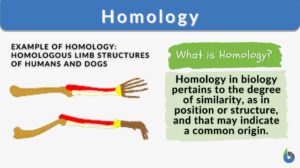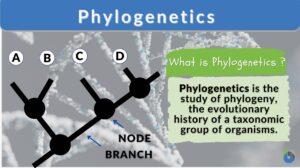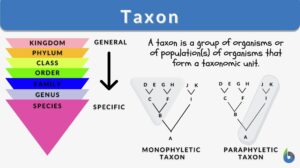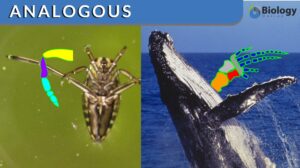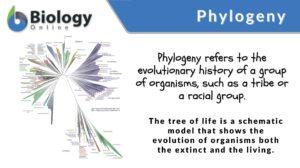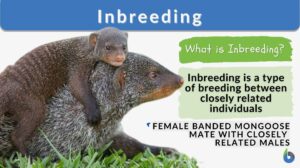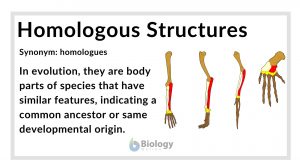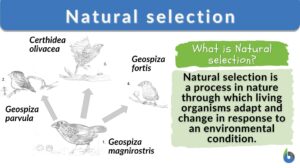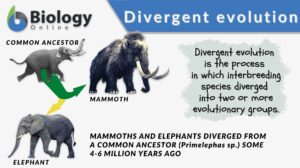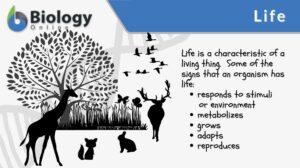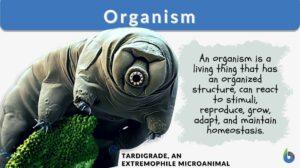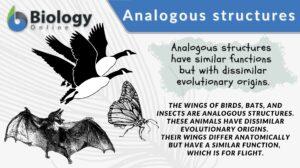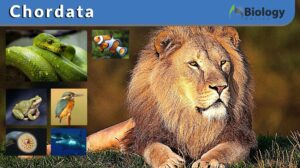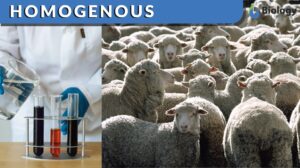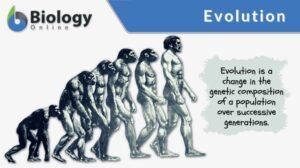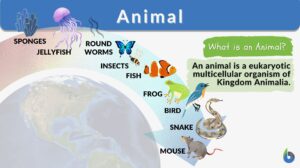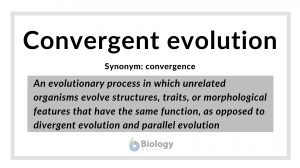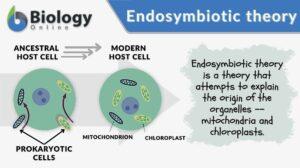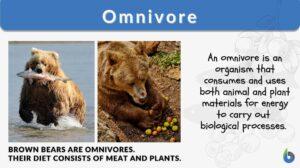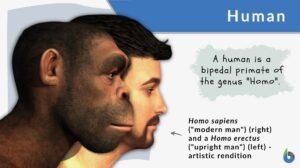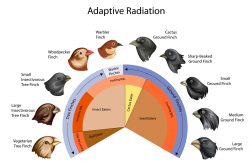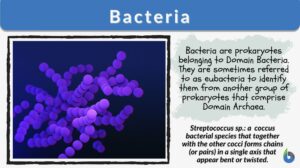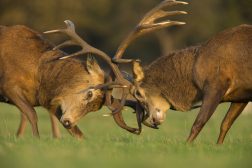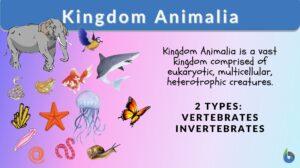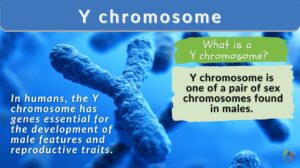Search Results for: common_ancestor
Phylogenetics
Phylogenetics Definition Phylogenetics is the scientific study of phylogeny. It studies evolutionary relationships among... Read More
Last universal ancestor
Definition noun The hypothetical primordial organism from which all other species of organisms on Earth... Read More
Inbreeding
Inbreeding is a type of breeding or mating where closely related individuals with a common ancestor produce progenies with... Read More
Homologous structures
Homologous Structures Definition What are homologous structures? In biology, homologous structures are physical features... Read More
Natural selection
Natural Selection Definition What is natural selection in biology? Natural selection is defined as a process in nature... Read More
Divergent evolution
Divergent Evolution Definition Divergent evolution refers to the process by which interbreeding species diverged into two... Read More
Monophyletic
Definition adjective Of, pertaining to, about, or describing that which descended from a single ancestral... Read More
Polyphyletic
Definition adjective Taxonomic groups that have similar character states that descends from one or more ancestral... Read More
Adaptive evolution
Definition noun A kind of evolution that involves evolutionary changes that are adaptive to a particular... Read More
Analogous structures
Analogous Structures Definition In evolutionary biology, analogous structures are biological structures having similar or... Read More
Homogenous
What is homogenous? What does homogenous mean? The word homogenous has been derived from two Greek words that are... Read More
Convergent evolution
Convergent evolution definition What is convergent evolution? Convergent evolution is a concept in evolutionary biology... Read More
Endosymbiotic theory
A eukaryotic cell is distinct from a prokaryotic cell by the presence of membrane-bound cellular structures called... Read More
Synapomorphy
Definition noun, plural: synapomorphies An advance character state shared among two or more taxa inherited from the most... Read More
Disruptive Selection
An evolutionary process known as disruptive selection (or disruptive natural selection) causes a population to become... Read More
Adaptive Radiation
Reviewed by: Mary Anne Clark, Ph.D. When Charles Darwin was in the Galapagos Islands, one of the first things he... Read More
Evolutionary biology
Definition noun The branch of biology concerned with the evolution of organisms, particularly the origin and descent of... Read More
Book lungs
Book Lungs Definition Lungs are known as the organs that help organisms breathe. When we think of lungs, we think of the... Read More
The Gene Pool and Population Genetics
Reviewed by: Mary Anne Clark, Ph.D. The previous tutorial is about adaptive radiation. Adaptive radiation is... Read More
Kingdom Animalia
Kingdom Animalia Definition Each person can say that they know of or can name at least one animal. However, do people know... Read More
Phylogenetic tree
Definition noun, plural: phylogenetic tree A tree diagram that shows the evolutionary histories and relationships of groups... Read More
Consanguinity
Definition noun, plural: consanguinities A relationship that arises from having a common ancestor;... Read More
Y chromosome
Y chromosome Definition The Y chromosome constitutes one member of the pair of sex chromosomes within an organism, a common... Read More
SENI Biometric Analysis on the extinct Scincidae species: Macroscincus coctei (underlined)
Brian L. Schnirel Leeway Corucia Research Center (LCRC) Courtesy: Polyphemos (2004) Introduction: It has been... Read More
